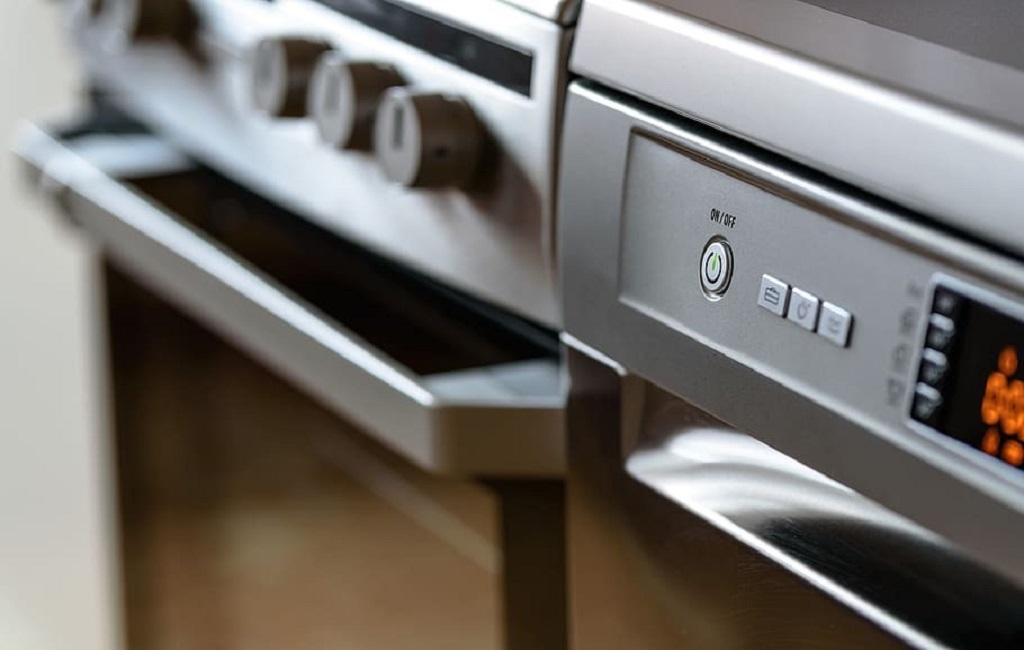
Every home’s heart is its kitchen, where memories are forged, and daily rituals are practiced. Choosing and maintaining kitchen equipment can significantly influence these experiences. Quality equipment ensures efficiency, safety, and tantalizing meals, making it a cornerstone of every culinary journey.
Why is Kitchen Equipment Vital to Every Home?
Imagine stirring a delicate sauce with a warped spatula or trying to bake with an inconsistent oven. Having the right equipment isn’t a luxury; it’s a necessity. The right kitchen tools:
Elevate culinary experiences, allowing meals to be prepared seamlessly.
Promote healthier cooking by ensuring food is cooked evenly and properly.
Ensure safety, reducing risks associated with subpar or malfunctioning equipment.
What Types of Kitchen Equipment are Essential?
Before delving into specifics, let’s give a brief overview of kitchen essentials every homeowner should consider:
Cookware (Pots and Pans)
Appliances (Blenders, Mixers, Salamander Oven, Toaster)
Utensils and Cutlery
Pots and Pans
The backbone of any kitchen, pots, and pans come in various types:
Sauté Pans: Ideal for frying or searing due to their flat base.
Sauce Pans: Perfect for soups, boiling, or simmering sauces.
Skillets: Typically non-stick, they’re versatile for a variety of dishes.
Small Appliances
Appliances might be compact, but their impact is colossal:
Blenders: Essential for smoothies, soups, and sauces.
Mixers: Ideal for baking, kneading, or whipping up desserts.
Toasters: Not just for bread, but bagels, waffles, and more.
Cutlery and Utensils
It’s all in the details:
Stainless Steel Knives: Durable, sharp, and a chef’s best friend.
Silicone Spatulas: Heat resistant, perfect for delicate dishes.
Wooden Spoons: Gentle on cookware and ideal for sautéing.
How to Choose Quality Kitchen Equipment?
Purchasing kitchen tools? Consider:
Durability
Material
User reviews and brand reputation
What are the Best Materials for Kitchen Equipment?
Stainless Steel: Durable, rust-resistant, and a classic choice.
Non-Stick: Perfect for low-oil cooking but requires gentle utensils.
Silicone: Flexible, heat-resistant, and versatile.
How to Choose Energy Efficient Kitchen Appliances?
Opt for appliances with Energy Star ratings, consider long-term savings over initial costs, and research power consumption.
How to Properly Maintain Kitchen Equipment?
Regular maintenance ensures longevity:
Clean promptly after use.
Store in a dry, cool place.
Sharpen knives regularly.
How to Clean Different Materials?
Stainless Steel: Use mild soap and avoid abrasive pads.
Non-Stick: Hand wash with soft sponges; avoid metal utensils.
Silicone: Dishwasher safe but can also be hand washed.
How to Store Kitchen Equipment to Ensure Durability?
Store pots and pans vertically, use knife blocks or magnetic strips, and avoid overcrowding appliances.
What Common Mistakes Should be Avoided?
Using metal on non-stick surfaces.
Overloading blenders or processors.
Neglecting regular maintenance.
When Should Kitchen Equipment be Replaced?
Signs include rusting, non-stick surfaces wearing out, and inconsistent appliance performance.
How to Dispose of Old Kitchen Equipment?
Donate if usable. For the worn-out, consider recycling centers or eco-friendly disposal methods.
How Does Kitchen Equipment Affect Cooking and Baking?
Quality kitchen equipment guarantees even cooking, flavor preservation, and professional results, even at home.
Does More Expensive Always Mean Better Quality?
Not always. Some generic brands match, if not outperform, pricier counterparts.
How to Budget for Kitchen Equipment?
Prioritize necessities over luxuries, watch for sales, and consider longevity over upfront costs.
Are Brand Names Always Worth the Price?
Brands offer reliability, but sometimes you’re paying for the name. Research is key.
How Has Modern Technology Influenced Kitchen Equipment?
From induction cooktops to smart fridges, technology revolutionizes how we cook, offering precision and convenience.
Smart Kitchen Equipment – Are They Worth the Investment?
Smart appliances provide unparalleled convenience but consider the learning curve and compatibility with your tech ecosystem.
Conclusion
Navigating the world of kitchen equipment requires a blend of knowledge, budgeting skills, and understanding your culinary needs. With this guide, you’re equipped to make decisions that cater to both your palate and wallet. Remember, a well-stocked kitchen is the first step to gastronomic magic.




